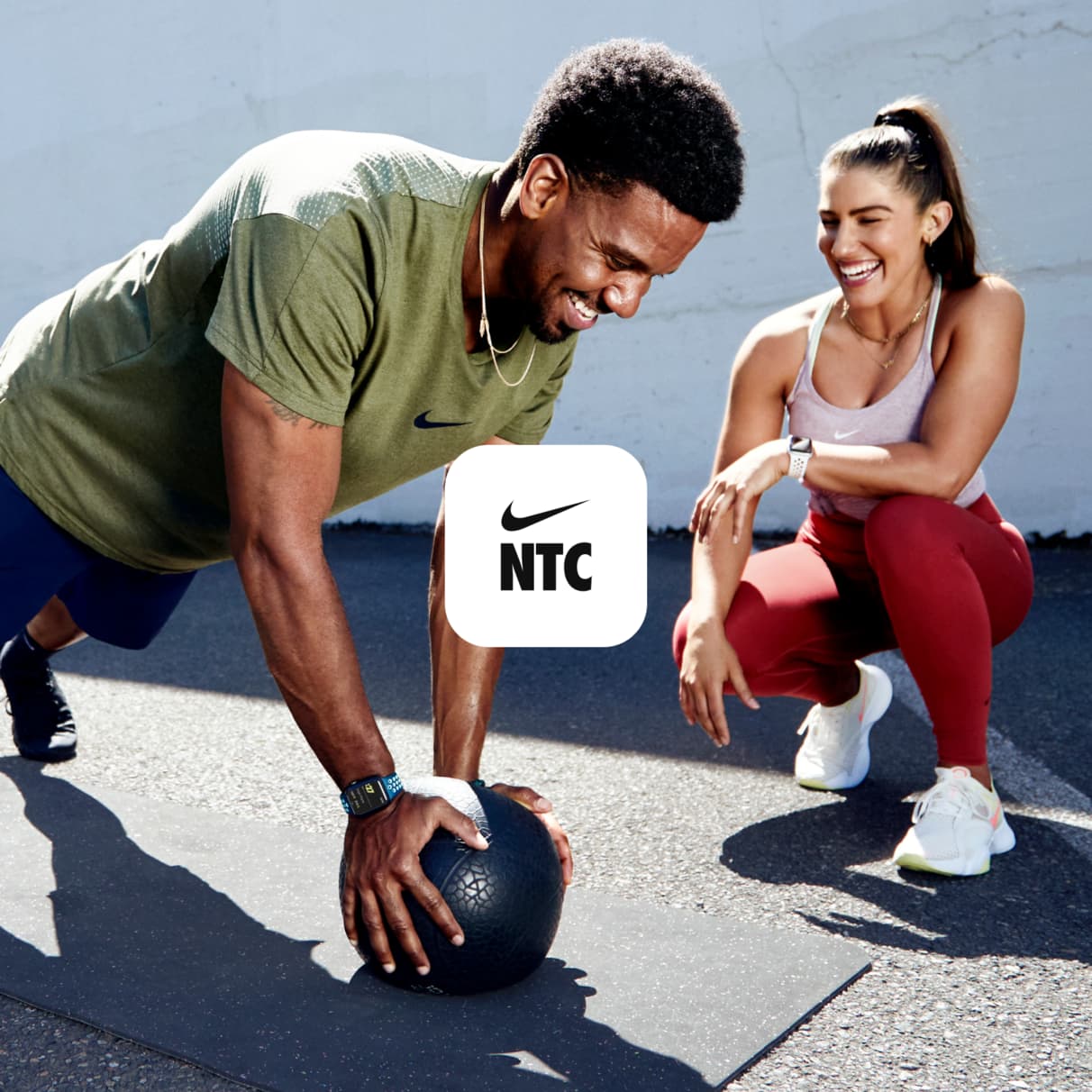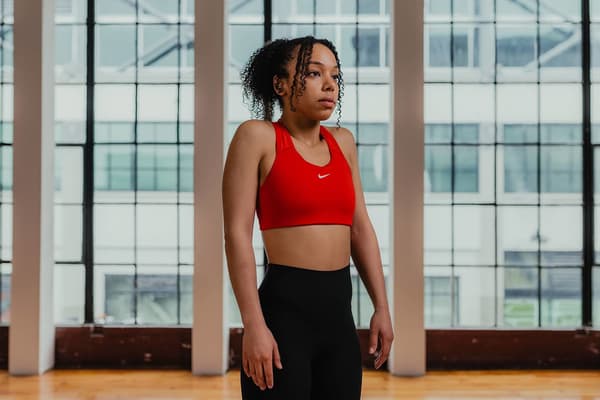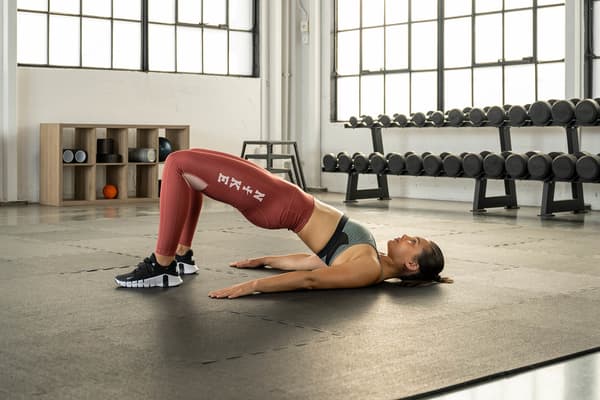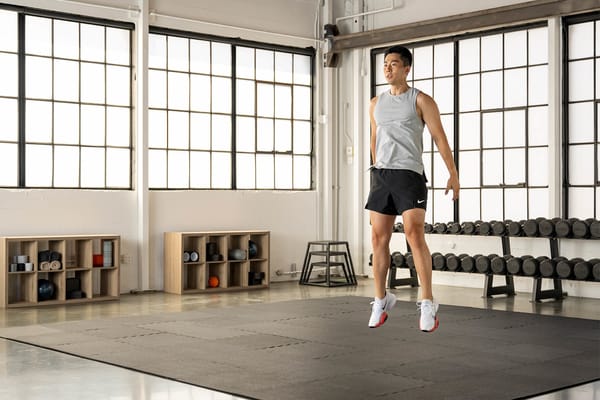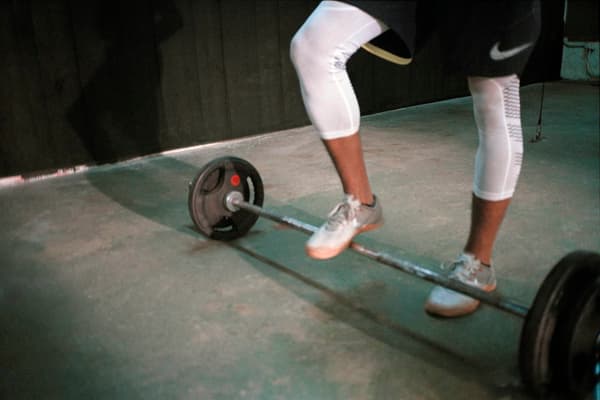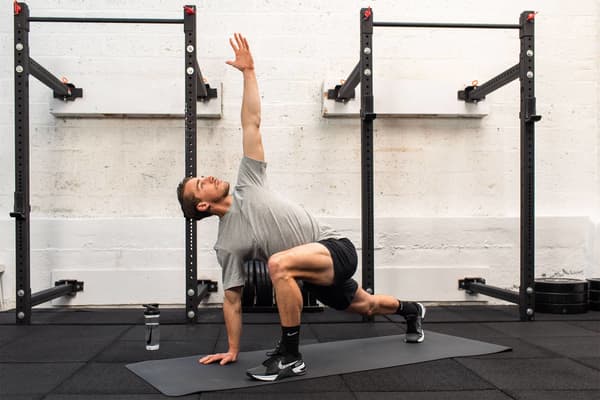How to Start Doing Pull-ups, According to Experts
Sport & Activity
Follow these trainer-approved tips to learn how to do the move.

Pull-ups are one of the most challenging but effective bodyweight moves, recruiting several muscles in the upper body and abdominal region. Despite being thought of as a benchmark for physical fitness, experts agree that the strengthening exercise is no small feat.
"Pull-ups are lifting your entire body weight against gravity in a vertical direction. It's not an easy thing", Alex Piccirilli, a Nike fitness trainer and health coach, said.
While difficult, there are several ways to build up to perform the bodyweight exercise. But to learn how to get better at pull-ups, it's important to identify what muscles are responsible for the exercise to inform your training.
The Muscle Groups Involved in Pull-ups
When you do a pull-up, the muscle groups in your arms, shoulders, back and core are recruited. A 2014 review in the Strength and Conditioning Journal broke the pull-up into three phases—starting position, ascending phase and descending phase—noting that the same muscles are used in each phase.
These include:
- Shoulder
- Middle trapezius
- Posterior deltoid
- Infraspinatus
- Teres major
- Subscapularis
- Back
- Lower trapezius
- Rhomboids
- Latissimus dorsi
- Erector spinae
- Chest
- Pectoralis minor
- Pectoralis major
- Arms (upper and forearms)
- Biceps brachii
- Brachialis
- Brachioradialis
- Palmaris longus
- Flexor carpi radialis
- Flexor carpi ulnaris
- Flexor digitorum profundus
- Flexor digitorum superficialis
- Flexor pollicis longus
- Abdomen
- External oblique
According to Erin Courtney, PT, DPT and clinical director at Life's Work Physical Therapy based in Tigard, Oregon, all of the muscles need to work together in order to correctly perform a pull-up. And while each individual muscle is crucial to executing the move, some carry more responsibility.
"The latissimus dorsi—also known as your lats—are the primary movers when performing a pull-up", she said. "These are large muscles in the back that attach to our arms. The lats adduct, extend and internally rotate the shoulder. These actions all occur during a pull-up. The biceps also assist with pull-ups. These muscles flex the elbow and also help with shoulder flexion (raising your arm up). The rhomboids also assist with stabilising your shoulder blades and the deltoids help to stabilise the shoulder".
How to Get Better at Pull-ups
If you're new to pull-ups, there are a handful of steps to work up to doing the move without any modifications or external support.
1.Master hanging on the pull-up bar.
Yes, really. Courtney said that for a pull-up, your hands should be on the bar slightly wider than shoulder-width, palms facing forwards. "Performing a pull-up with the arms too wide or palms facing backwards increases the stress through the shoulder joint and can cause impingement on the bursa or tendons in the shoulder", she said. According to a 2022 observational study, this means that tendons in your shoulder can rub against the shoulder blade, causing inflammation.
Once you're in the correct hanging position, Piccirilli added that you should engage your core, building up the number of seconds you can hang each day (aiming to start with five to 10 seconds and building up a second or two each time to increase to 15 to 20 seconds).
"[When hanging], you should be able to see your toes", Piccirilli said. "Keep your pelvis tucked under and your feet out in front of you. A lot of times in pull-ups you see people arching their back and that takes your entire core out of it. The more you can get used to activating your core in that hang position, the better off you're going to be".
2.Study proper pull-up form.
If you've mastered hanging on the pull-up bar, and you know all about hand placement, you're ready to focus on the next step of proper form. This requires engaging your shoulders and back to pull your bodyweight, instead of fully relying on your arms to do the work.
"Initiate the movement with your lats and scapular muscles by pulling the shoulder blades together and down", Courtney said. "Engage the core and pull yourself up until the bar is chest level then lower yourself down with good control".
3.Practise vertical pull exercises.
Piccirilli said that part of the reason why pull-ups are difficult is that they are a vertical pull on the body, versus horizontal pulling used in a row, for example. Because of this, she recommended practising vertical pull exercises to get used to the motion—and gravity—involved. Piccirilli recommended two eccentric pull exercises, both of which target the muscles that are recruited during the lowering part of the pull-up.
The first is eccentric lower-downs from the bar, which are almost like a reverse pull-up.
- Grab a sturdy box to place under the bar.
- From a standing position, reach up and place your hands on the bar.
- Climb or jump your way to the top of a pull-up position on the bar.
- Slowly lower yourself down for four to five seconds until you reach the ground.
- Repeat.
The second is eccentric pulls using rings or straps, done while sitting on the ground.
- From a sitting position on the ground, you reach your arms up and grab onto the rings or straps. Pull your bum up off the ground using your back, shoulders and arms while keeping your legs extended out in front of you.
- Then, slowly lower down for four to five seconds trying to use your lower body as little as possible.
- Repeat.
4.Learn how to do scapular pull-ups.
To get the feel for hanging from the bar while engaging your back and shoulder muscles, you can start with scapular pull-ups (refresher: the scapula is your shoulder blade).
"[Scapular pull-ups] are in the hang position and all you are thinking about doing is drawing your shoulders down your back", Piccirilli said. "You aren't bending your arms at all—you're keeping your arms exactly where they are, and you are just drawing your shoulders back so you feel that pull. That is the first step of a pull-up: activating through those back muscles".
Courtney said that focusing on the muscles in your mid and upper back is important to emphasise the correct muscle activation that's used in a pull-up.
5.Transition to assisted pull-ups.
Once you are able to hang comfortably on the bar and perform scapular pull-ups, you are ready to try assisted pull-ups. This means you are doing pull-ups with the help of additional equipment, allowing you to focus on form. A 2017 study used imaging to confirm that muscle activity is the same between assisted pull-ups and suspended or "traditional" pull-ups, which primes the body for non-assisted versions of the move.
"I would recommend starting with assisted pull-ups using a band. The stronger the resistance band, the more it will assist with the pull-up", Courtney said. "You can also do assisted pull-ups [by] standing on a box. This allows you to work on initiating with the correct motion and begin to build the motor patterns and muscle memory required to do them correctly".
For assisted pull-ups, you can either use an assisted pull-up machine or use a resistance band tied to the pull-up bar. With the band hanging down in a loop, you can place one knee or foot in the band as you do pull-ups (the lighter the band, the less assistance you'll get).
6.Start doing pull-ups all on your own.
"Once you feel like you can do a comfortable set of assisted pull-ups—around 10 reps—I would recommend starting to add in some unassisted pull-ups", Courtney said.
You should start small—even adding one unassisted pull-up into your routine at a time—and if you feel pain, stop. There isn't a specific timeline for how long the process will take. Everybody is different. If at any time you feel like you need to revisit a step in the process, don't feel like you are moving backwards. You're simply refining your technique to do pull-ups the proper way.
Words by Ashley Lauretta
